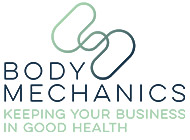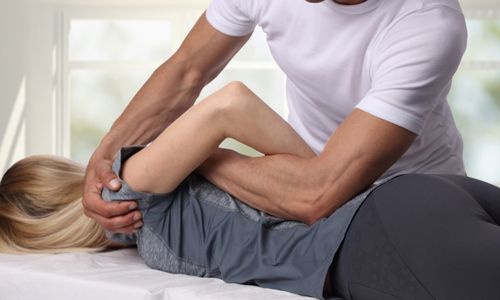What’s the Difference – Physiotherapy, Chiropractic and Osteopathy?
This is a question we get asked frequently at Body Mechanics, so we thought it’d be useful to give you a summary overview.
What are they?
Physiotherapists, Chiropractors and Osteopaths are all physical therapists who look to promote optimal physical health - integrity, function and movement - of the body’s soft tissues, joints and systems.
They can be used to:
- Reduce pain and discomfort
- Alleviate tension and tightness
- Increase range of movement
- Promote relaxation and better sleep
- Improve circulation
- Reduce oedema
- Bring the body’s systems back into balance
A wide range of health conditions can be treated through these therapies such as back pain, sports injuries, stroke, MS, heart attack, cystic fibrosis and many more. Although their aim is ultimately the same, their approaches and priorities differ.
Physiotherapy
- takes a holistic approach to treating the body, as well as focusing on a particular issue area when appropriate. They will offer tailored education, advice, and rehab exercise schedules, as well as using manual therapy, where the Physio will use their hands to encourage better function and movement of the body.
Broadly speaking Physio’s will put soft tissue first - muscles, ligaments, fascia, and tendons - and joints second. When it comes to treating a system within the body, a more holistic approach will be adopted.
Other techniques such as dry needling, acupuncture, ultrasound, and transcutaneous electrical nerve stimulation (TENS) can be used to work into the joints and soft tissues.
Registered Physiotherapists can be found at The Chartered Society of Physiotherapy
Osteopathy
- is considered by some, to be a blending of both physiotherapy and chiropractic, in that Osteopaths adopt a holistic, combined approach, looking at both soft tissues and joints throughout the body and not in isolation.
Osteo’s will work into both the soft tissues by way of stretching and massaging, to loosen muscles, ligaments, fascia, and tendons. Joints will be articulated and taken through their full range of motion to then enable any joint manipulations or adjustments, similar to Chiropractic, using quick controlled movements and/or pressure to realign the bones/joints.
Osteo’s will frequently offer guidance on rehab exercises and self-care treatments at home. They may often use other techniques such as dry needling, transcutaneous electrical nerve stimulation (TENS) low level massage.
Osteopathy can sometimes feel unusual and intense, but it should never feel painful.
Registered Osteopaths can be found at The General Osteopathic Council
Chiropractic
- places its focus on the spine. Chiropractors work on the premise that the spine is the body's main structural support, neural highway, and movement enabler, so correct alignment of the vertebrae will subsequently keep the rest of the body healthy as a result.
Generally, Chiro’s will put joints before soft tissues, however, they may work into the soft tissues by way of stretching, to help ease any tension and tightness. These stretches allow Chiro’s to ‘free up’ a particular vertebrae or joint. They use spinal manipulation or adjustments to help realign the spine, which may involve quick, controlled movements and/or pressure. This can at times feel odd, but at no point should it be painful.
Registered Chiropractors can be found at The General Chiropractic Council
Body Mechanics Recommendation
We personally prefer Osteopathy as a manual therapy as we consider it to be the more comprehensive of the three. Where appropriate we advise our clients to maintain their physical health through regular exercise, osteopathy and sports massage, as this ensures general fitness, structural/skeletal alignment and healthy soft tissues. We use Osteopathy on a monthly to quarterly basis for maintenance and get massage at least once a month for wear and tear.

